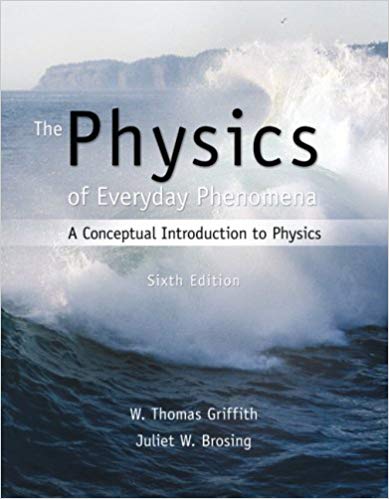Question
Complete table and 1. Compute the average value for the time between photogates from the data of your actual experimental measurements. Record your results in
Complete table and 1. Compute the average value for the time between photogates from the data of your actual experimental measurements. Record your results in Data Table 7.1.2. Compute the average value for the landing site distance from the data of your actual experimental measurements. Record your results in Data Table 7.1 and 7.2.3. In equation (7.5) use the value of the distance d0 between the photogates and average values for the time t0 and compute the average speed v0 for each ball. Record your results in Data Table 7.1.4. Use equation (7.4) and compute the predicted landing site distance. Record your results in Data Table 7.1.5. Compare the average for the landing site distance with the predicted value by computing the percent difference.6. To study the dependence of the horizontal motion on the mass of the ball, use your data from Data Table 7.2 and plot thegraph of the average for the landing site distance versus the ball's mass. Examine your graph carefully and make aconclusion on how the horizontal motion depends on the mass of the ball.7. Optional. To study the dependence of the vertical motion on the mass of the ball, use your data obtained in Step 14 andplot the graph of the average time of free fall versus the ball's mass. Examine your graph carefully and make a conclusion about how the vertical falling time depends on mass of the ball.

Step by Step Solution
There are 3 Steps involved in it
Step: 1

Get Instant Access to Expert-Tailored Solutions
See step-by-step solutions with expert insights and AI powered tools for academic success
Step: 2

Step: 3

Ace Your Homework with AI
Get the answers you need in no time with our AI-driven, step-by-step assistance
Get Started


